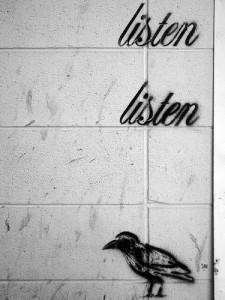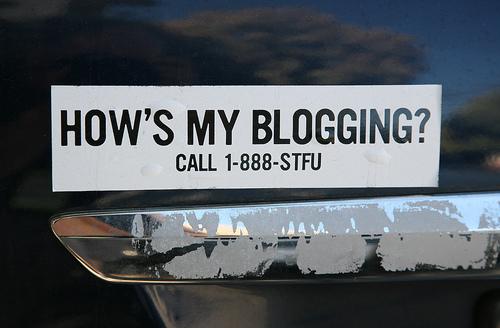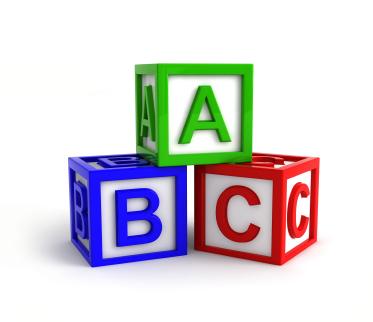Purely Practical SMIT for January: Philanthropy, Not Fundraising – How to Begin the Transformation
Here comes this month’s *SMIT (Single Most Important Thing I have to tell you):
I’m still using the word fundraising. In fact, my most recent post was To Sell is Human; To Give, Divine – Why We’re All in Fundraising Now. I received a lot of feedback (mostly embracing) on the first post in my 2013 Series: Philanthropy; Not Fundraising. But there’s evidently some confusion. So, let’s clairify.
If you want to move from a culture of transactions to one of transformation don’t get bogged down worrying about semantics! You say potato; I say potahto… a rose by any other name… It’s the concept I’m hoping you’ll grasp. The point is to come from a place of love; not need. A place that centers on our donor; not us. A place that is deeply relational; not one-sided.
Let me share a few comments I received and contribute my thoughts:
Details








